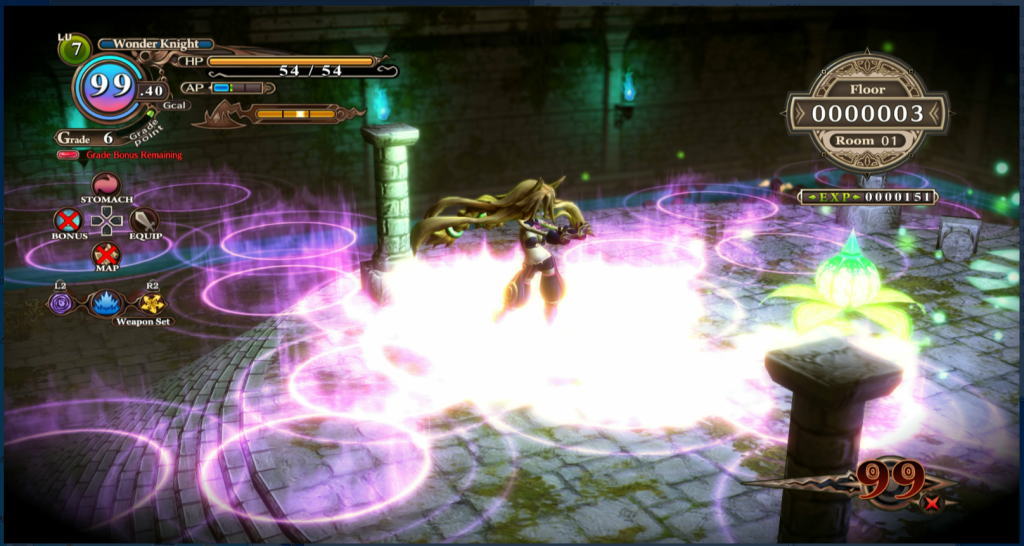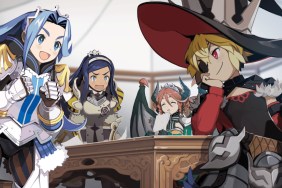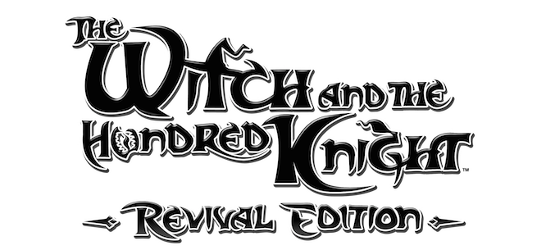
The Witch and the Hundred Knight was originally released on the PlayStation 3, almost two years ago. While it had a few good ideas, the overall package fell flat. Now we have a re-release and upgrade on the PlayStation 4. Let’s see if The Witch and the Hundred Knight: Revival Edition has enough new mechanics under the hood to elevate the rather mediocre original, shall we?
Same Ol’, Same Ol’
At its core, The Witch and the Hundred Knight: Revival Edition is in the same vein as Diablo. It has an almost top-down camera otherwise known as a ¾ perspective. The game has supposedly received a graphical update for this PS4 release, however you’ll be hard-pressed to be able to tell the difference. I also saw lag at least a couple of times in newer areas when things became too hectic for the game engine to keep up with. Speaking of which, my PS4’s fans were whirring at speeds only previously heard when playing Fallout 4 – and TWatHK has nowhere near that level of graphical fidelity (which is saying something). The graphics are colorful, at least, but what’s there is woefully underwhelming. “Cutscenes” are also presented in a static manner that fans of the developer are no doubt familiar with; don’t expect any action except for a minor shaking of an avatar or two, as it is all implied via sound effects.
Revival Edition keeps the same repetitive combat as the original game. So if you enjoy mashing the Square button, you’ll enjoy the combat on offer here! Really, though, there are a couple of mechanics to keep track of, such as the Gigacals system. You start out with 100 of ’em, and they slowly tick away as you walk around anywhere outside of your current home base. If you get hurt, you will heal slowly over time, consuming those Giagcals. Raid a building? Use Gigacals. Slice and dice a room of enemies? Use Gigacals. You can recover Gigacals by getting an enemy below 20% health, and then targeting them and pressing Triangle in order to begin a mini-game whereby you consume the enemy for extra Gigacals. This is done while the world around you continues to move on, so if you time this wrong you may end up being done eating the enemy, only to find yourself smack dab in the middle of three or four other powerful enemies. The trick is to isolate enemies and then consume them.
Decisions, Decisions
One unique aspect to combat in TWatHK is the combo system. You can equip up to five weapons at a time, in slots 1 through 5. Each time you press Square in quick succession, you use the next weapon in the chain. It’s the mix and mash of weapon number and type (there are three) that determines how much of a damage multiplier each weapon receives. Get the right weapons in a row, and your damage will quickly rise. Beyond that, you can also change which Facet, or version of the Hundred Knight you will use. Once they are unlocked, Facets change which attributes of the Hundred Knight are enhanced, such as extra HP and ATK in exchange for reduced mobility. Tochkas, or support units, are unlocked after a few hours, and begin to open up options to the player.
So there’s some interesting mechanics to the core game, but what about the story? This is where a lot of Western gamers will likely be turned off enough to not buy the game. It’s Nippon Ichi software as you know them. The game stars a bratty, oddly-proportioned witch, known as Metallia (changed from Metallica in the Japanese version – I can’t imagine why?). She has summoned you, the titular Hundred Knight, to do her bidding as she attempts to take over the world of Medea by spreading her swamp land to encompass it. Oh, and she also has 100 days to live…well, 99 by the time you finish the tutorial and first mission. Nothing is ever explained to you, and there are plot holes and pointless cutscenes throughout the adventure. It’s the kind of quirkiness that JRPG fans are no doubt used to, but there’s nothing in this particular story that will do anything for non-fans to like. There’s nothing wrong with that, because you either like zany JRPG stories such as this, or you don’t. Oh, the main character also swears a lot, so tender ears need not apply. In fact, Metallia can be downright offensive at times, which is a characteristic that is not typical in other Nippon Ichi games.
Towering Tower
New functionality has been introduced in this Revival Edition. This includes the new Tower of Illusion, which is a seemingly endless, procedurally-generated tower that tasks you with clearing floors of increasingly tough enemies. If you can manage to clear a floor, you can either leave the tower, claiming any loot you’ve swallowed along the way, or attempt to clear the next floor. When you die, you lose some of what you’ve picked up, and can simply retry the floor until either you clear it or you quit. This new tower seems to be generous with its loot – I was able to pick up a few weapons of “Epic” rarity within just a few plays. “Alchemy” is also introduced, but it boils down to upgrading weapons with catalysts picked up from the Tower of Illusion. Essentially, Nippon Ichi built this new Tower of Illusion, and tacked on features around this one central new thing.
If you’re a huge fan of Nippon Ichi’s games, then this is the game for you. However, the same reasons that fans enjoy their games are the same reasons to avoid them if you’ve not liked their work up to this point. The story is absurd, bordering on nonsensical at times. The graphics are disappointing at best, laggy at worst. Combat has a unique multi-weapon approach, but still mostly boils down to mashing the Square button until you can occasionally use a special ability. But by now, you likely know what to expect from this developer. Nippon continues to show that they really understand their demographic. They even have a decent combat system. This is, however, still the same game that released two years ago, with the same flaws and blemishes as before. If you really wanted the game on the PS3 but missed it, then go ahead and grab this. However, if you already own the PS3 version, then there is little reason to pick it up.
The Witch and the Hundred Knight: Revival Edition review code provided by publisher. For more information on scoring please see our Review Policy here.
-
Tower of Illusion provides for endless replayability
-
Multiple endings
-
Slowly-ramping challenge curve
-
Same slow, annoying story
-
Repetitive combat for a while
-
Bland graphics and presentation
The Witch and the Hundred Knight Revival Edtion Review
-
The Witch and The Hundred Knight Revival Edition Review 01

-
The Witch and The Hundred Knight Revival Edition Review 02

-
The Witch and The Hundred Knight Revival Edition Review 03

-
The Witch and The Hundred Knight Revival Edition Review 04

-
The Witch and The Hundred Knight Revival Edition Review 05

-
The Witch and The Hundred Knight Revival Edition Review 06

-
The Witch and The Hundred Knight Revival Edition Review 07

-
The Witch and The Hundred Knight Revival Edition Review 08
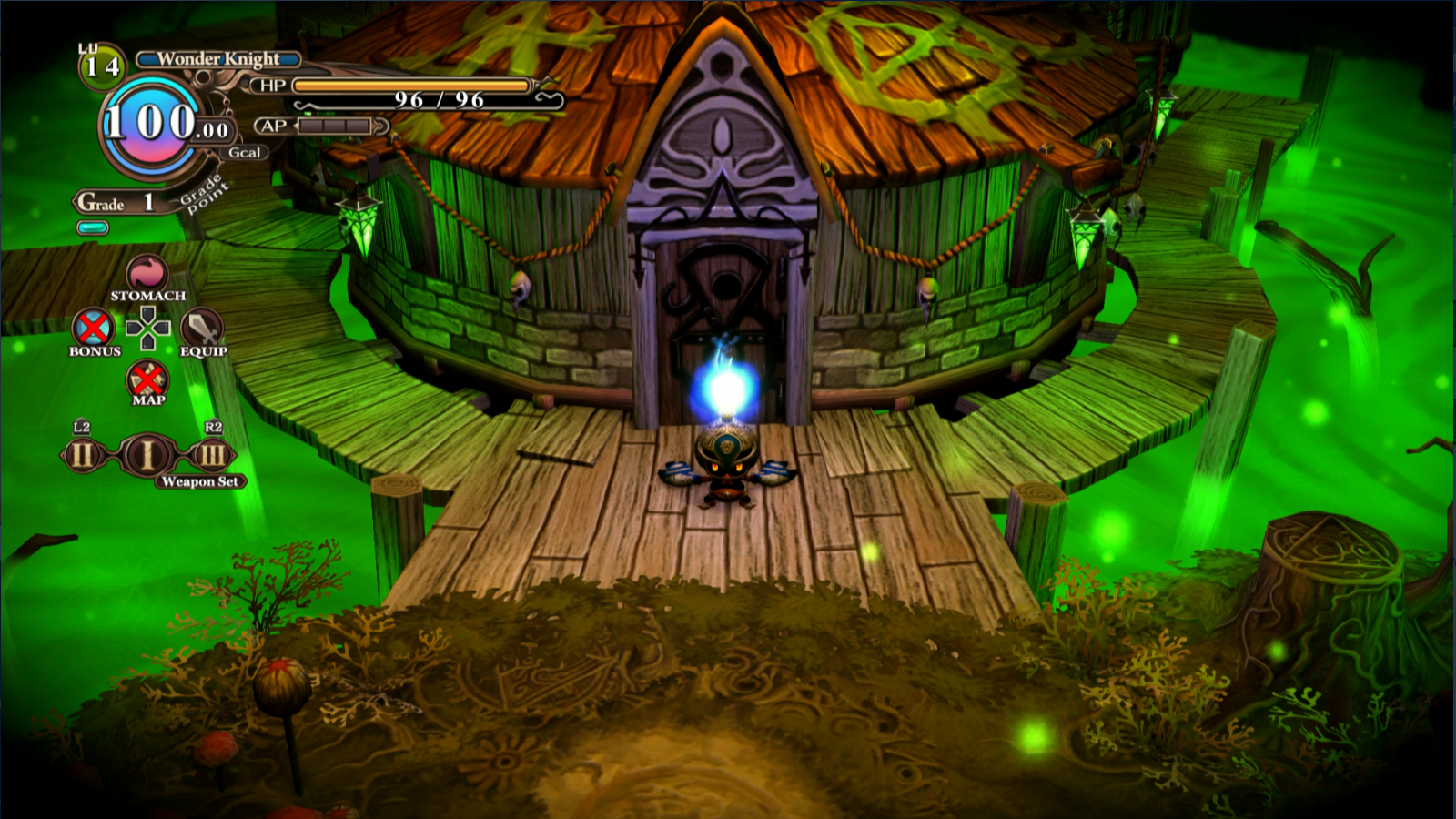
-
The Witch and The Hundred Knight Revival Edition Review 09

-
The Witch and The Hundred Knight Revival Edition Review 10

-
The Witch and The Hundred Knight Revival Edition Review 11

-
The Witch and The Hundred Knight Revival Edition Review 12
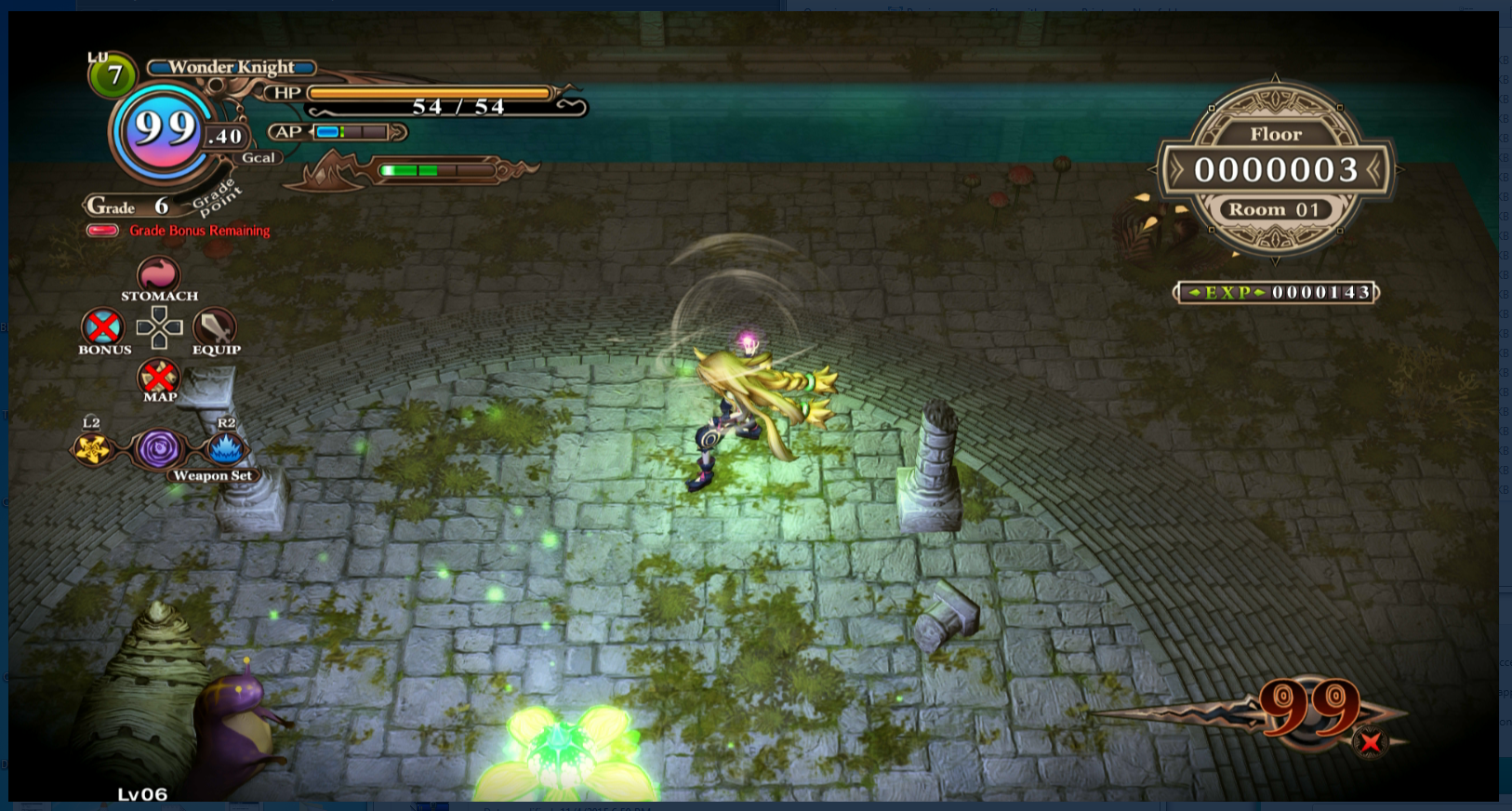
-
The Witch and The Hundred Knight Revival Edition Review 13

-
The Witch and The Hundred Knight Revival Edition Review 14

-
The Witch and The Hundred Knight Revival Edition Review 15
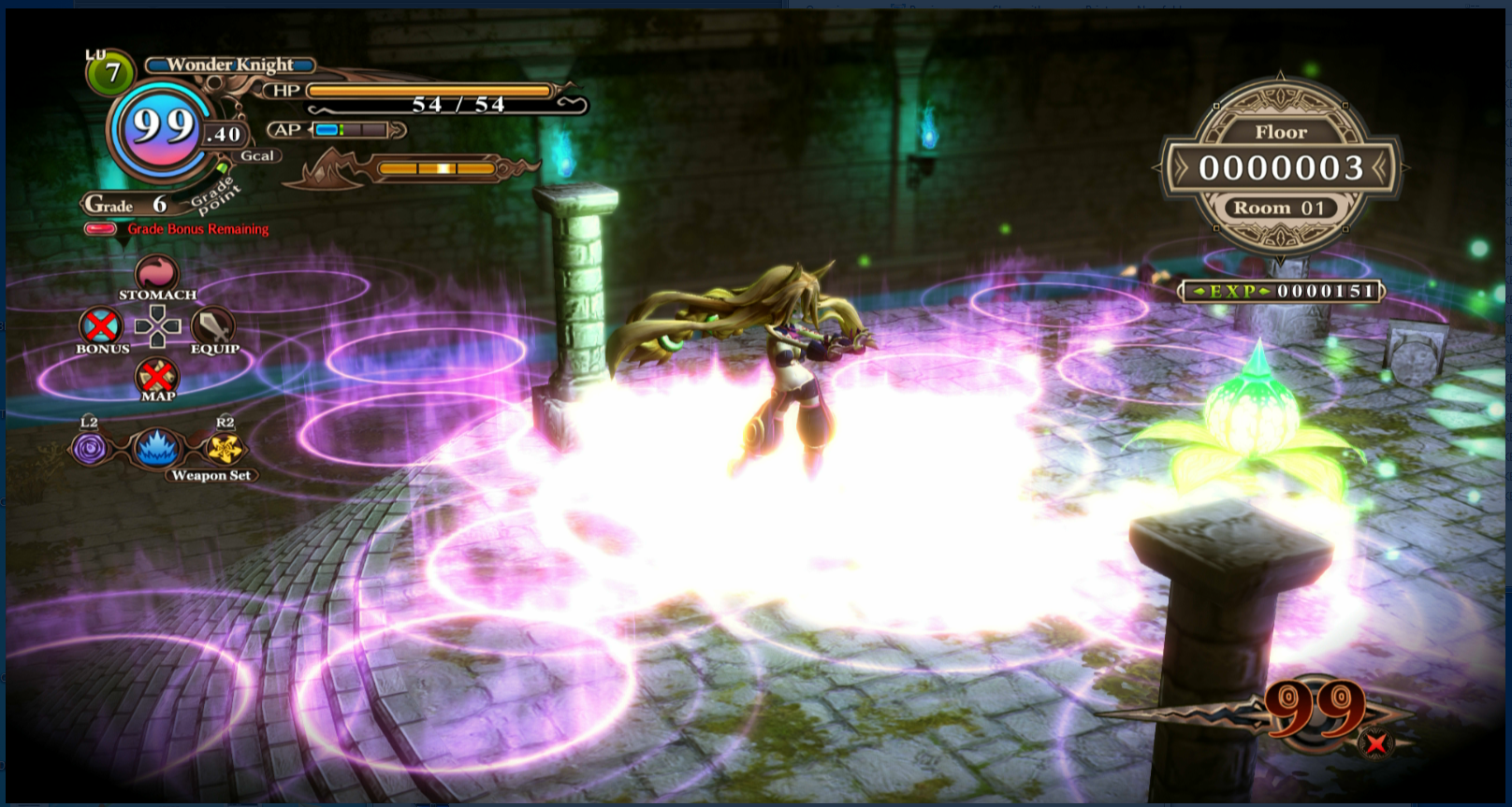
-
The Witch and The Hundred Knight Revival Edition Review 16
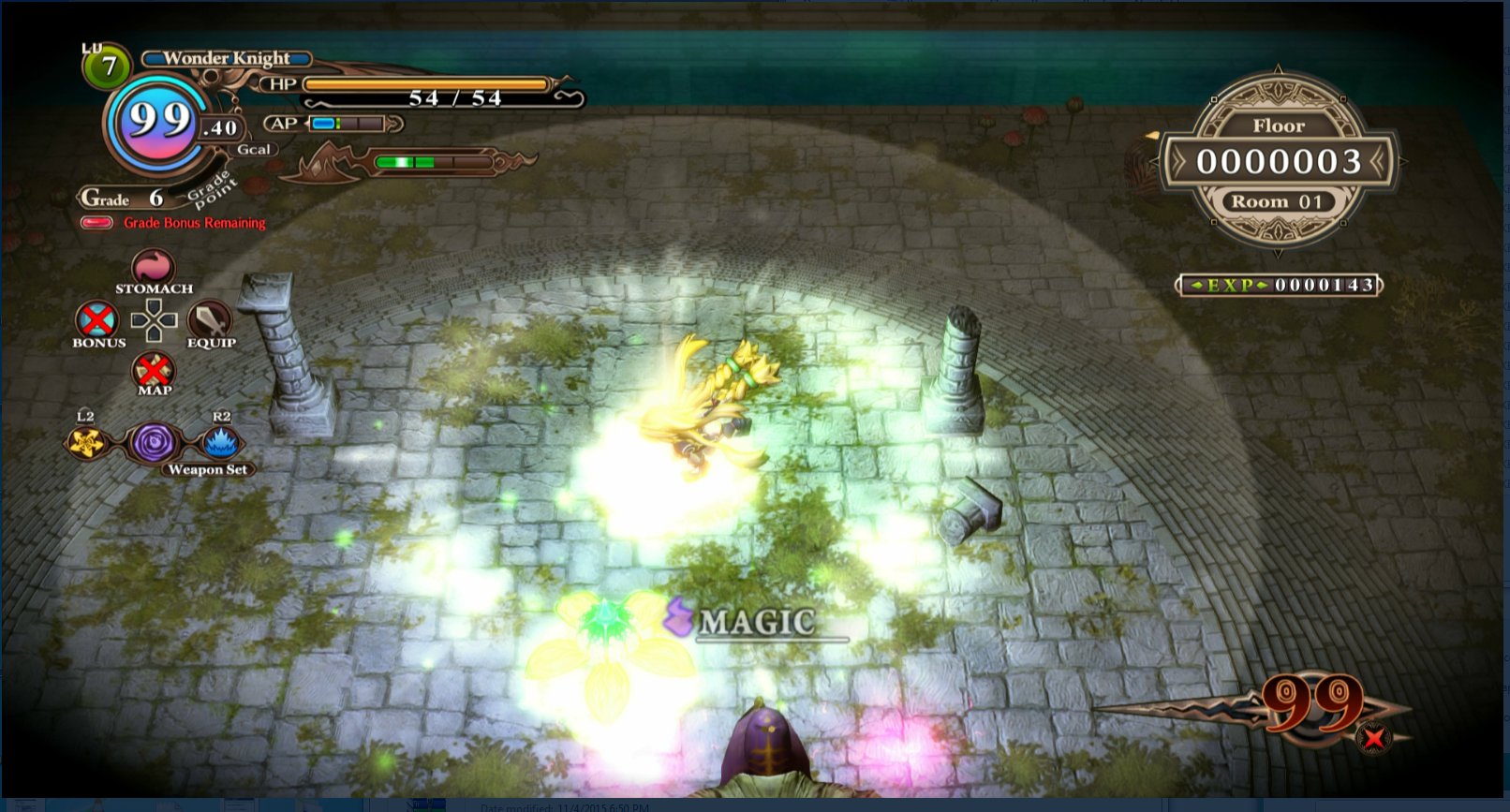
-
The Witch and The Hundred Knight Revival Edition Review 17

-
The Witch and The Hundred Knight Revival Edition Review 18

-
The Witch and The Hundred Knight Revival Edition Review 19

-
The Witch and The Hundred Knight Revival Edition Review 20

-
The Witch and The Hundred Knight Revival Edition Review 21

-
The Witch and The Hundred Knight Revival Edition Review 22

-
The Witch and The Hundred Knight Revival Edition Review 23

-
The Witch and The Hundred Knight Revival Edition Review 24

-
The Witch and The Hundred Knight Revival Edition Review 25

-
The Witch and The Hundred Knight Revival Edition Review 26

-
The Witch and The Hundred Knight Revival Edition Review 27

-
The Witch and The Hundred Knight Revival Edition Review 28
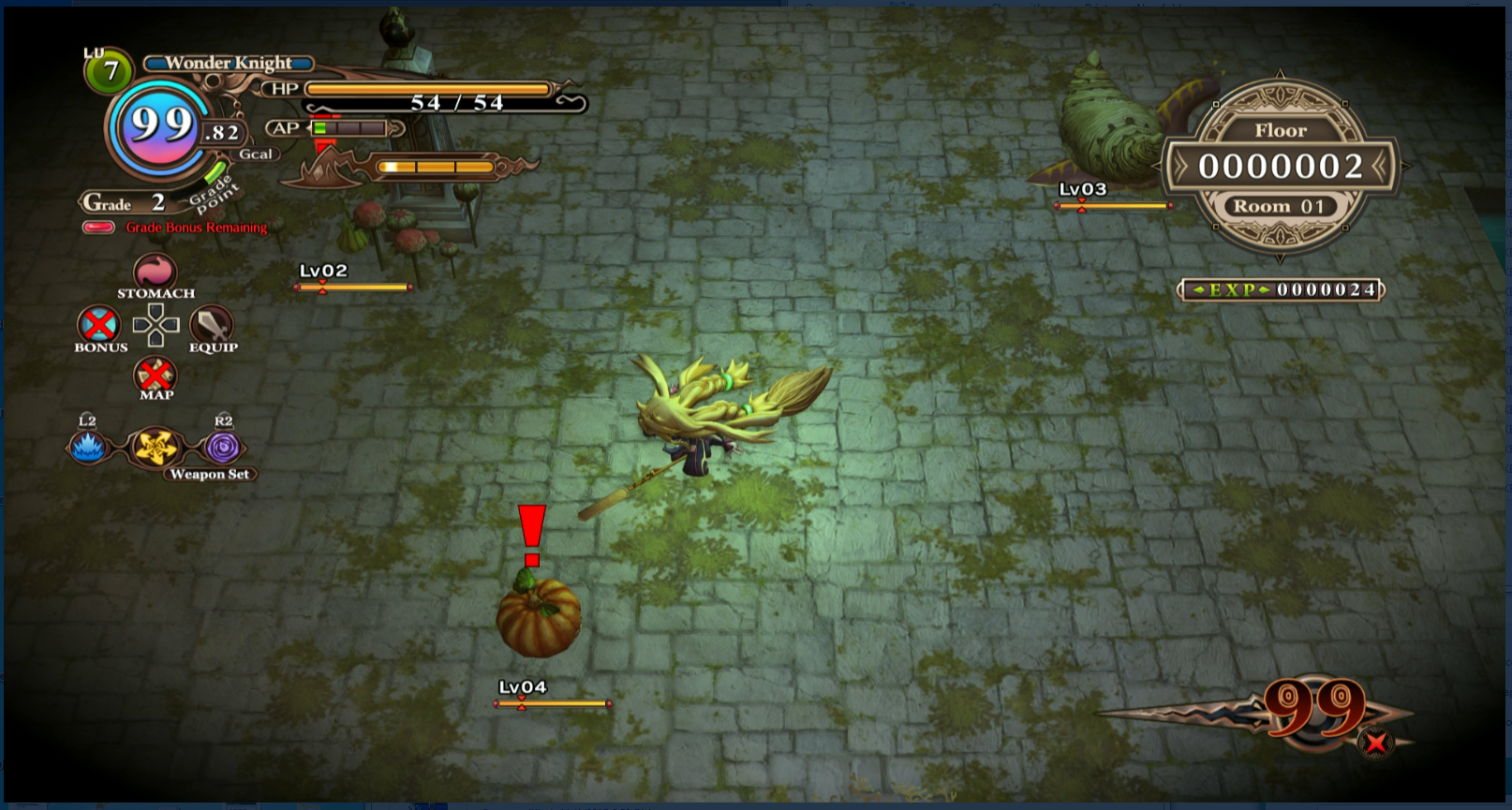
-
The Witch and The Hundred Knight Revival Edition Review 29

-
The Witch and The Hundred Knight Revival Edition Review 30

-
The Witch and The Hundred Knight Revival Edition Review 31

